| |
Research Sponsors | Research Partners |
| |
|
| |
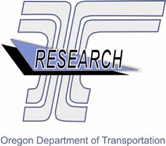 |
Oregon Department of Transportation (ODOT)
ODOT Research Program
Current Projects:
- Implementation Requirements for Work Zone Intrusion Technologies to Reduce Fatalities (SPR 876)
Completed Projects:
- Best Practices for Work Zone Safety During Traffic Control Placement, Removal, and Modifications (SPR 839)
- Use of Flashing Amber/White Lights on Paving Equipment in Work Zones (Work Order No. 19-15)
- Speed Variation and Safety in Work Zones (SPR 822)
- Use of Blue Lights on Paving Equipment in Work Zones (Work Order No. 19-03)
- Project Progress Tracking Using Lidar and 4D Information Models (SPR 811)
- Construction Work Zone Safety: Use of a Mobile Laser Scanner to Assess Temporary Signage in Work Zones
- Student Worker Safety Guidelines in Roadside Applications and Work Zones
- Use of Additional Lighting for Traffic Control and Speed Reduction in Work Zones (SPR 791)
- Work Zone Intrusion Alert Technologies: Assessment and Practical Guidance (SPR 790)
- Implementation of Radar Speed Signs in Mobile Maintenance Operations
- Safe and Effective Speed Reductions for Freeway Work Zones Phase 3
- Safe and Effective Speed Reductions for Freeway Work Zones Phase 2 (SPR 769)
- Implementing Speed Reductions at Specific Interstate Work Zones from 65 mph to 35 mph (SPR 751)
- Evaluation of a Mobile Work Zone Barrier System (SPR 746)
- Work Zone Design and Operations Enhancements (SPR 669)
- Optimum Illumination for Nighttime Flagger Operations (SPR 617)
|
| |
 |
Construction Safety Research Partnership (CSRP)
Oregon State University
Current Projects:
- Frontline Safety: Leadership, Decision-making, and Risk Tolerance (Phase I)
|
| |
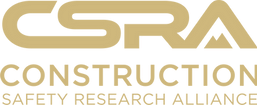 |
Construction Safety Research Alliance (CSRA)
University of Colorado at Boulder
Current Projects:
- Safety Starts with Design: Prevention through Design (PtD) of Safe Work Operations (Phase II)
Completed Projects:
- Prevention through Design (PtD) of Safe Work Operations (Phase I)
|
| |
 |
Centers for Disease Control and Prevention (CDC)/National Institute for Occupational Safety and Health (NIOSH)
NIOSH PtD Initiative
Completed Projects:
- Enhancement to Design Risk Factors to include Mechanical and Electrical Systems and Development of Design Rating System
- NIOSH Prevention through Design (PtD) Research Study: Intergovernmental Personnel Agreement
- NIOSH Prevention through Design (PtD) Research Study: Benchmarking Management Practices that Support PtD
- Identifying and Documenting Successful Construction Hazard PtD Solutions
|
| |
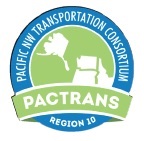 |
Pacific Northwest Transportation Consortium (PacTrans)
Completed Projects:
- Improving Safety on Highway Work-zones by Real-time Tracking of Operation and Equipment Status
|
| |
 |
National Cooperative Highway Research Program (NCHRP), National Academy of Sciences (NAS)
Current Projects:
- Guide for Work Zone Intrusion Prediction and Prevention
Completed Projects:
- Alternative Technologies for Mitigating the Risk of Injuries and Deaths in Work Zones, Project 20-07, Task 416
- Highway Worker Safety, Synthesis 20-05/Topic 47-16
|
| |
 |
Department of Energy (DOE), Office of Energy Efficiency & Renewable Energy
Completed Projects:
- Applied Research and Development to Support Open-Water Testing at PacWave (DE-EE0009969). Task 2 - Precursor Analysis: Real-time Risk and Safety for Offshore Deployments at PacWave
|
| |
 |
National Science Foundation (NSF)
Completed Projects:
- FW-HTF-P: Building Human-Technology Safety Partnerships in Roadside Work Zones
|
| |
 |
Washington State Department of Labor & Industries, Safety & Health Investment Projects (SHIP) Grant Program
Current Projects:
- Psychological Safety Training Framework and Case Studies for Construction Workers
Completed Projects:
- Construction Site Safety Management Training Case Studies
- Developing a Prevention through Design (PtD) Guide for Mechanical/Electrical/Plumbing Worker Safety
- Develop a Lean Practice Manual for Improving the Safety of Electrical Construction Workers
- Safe and Innovative Work Best Practices for Mechanical Crafts Booklet
|
| |
 |
Center for Construction Research and Training
Completed Projects:
- Identification and Assessment of Musculoskeletal Disorders (MSDs) Risk for Concrete Formwork Systems (Small Study No. 20-2-PS)
- Protocol for Assessing Human-Robot Interaction Safety Risks (Small Study No. 20-4-PS)
- Prevention through Design (PtD) to Make Solar-Ready Houses Safe for Solar Workers (Small Study No. 18-4-PS)
- Development of Workforce Sustainability Model for Construction (Small Study No. 17-8-PS)
- Reducing Highway Construction Fatalities through Improved Adoption of Safety Technologies (Small Study No. 17-40-PS)
- Applying Prevention through Design (PtD) to Solar Systems in Small Buildings (Small Study No. 16-2-PS)
- Connection between Lean Design/Construction and Construction Worker Safety (Small Study No. 13-10-PS)
- Use and Re-use of Formwork: Safety Risks and Reliability Assessment (Small Study No. 13-10-PS)
- Owner's Role in Facilitating Designing for Construction Safety
- An Analysis of Construction Accidents from a Design and Planning Perspective
- Investigation of the Viability of Designing for Safety (Small Study No. 01-2-PS)
|
| |
 |
Construction Industry Institute (CII)
Completed Projects:
- A Refresh of CII's Zero Accident Techniques (RT-412)
- Technologies to Prevent Serious Injuries and Fatalities Related to Last-Minute Work Changes (RT-382)
- Using Precursor Analysis to Prevent Low-Frequency/High-Impact Events (RT-321)
- Design Practices to Facilitate Construction Automation (RT-183)
- Safety Plus: Making Zero Accidents a Reality (RT-160)
- Design for Safety (RT-101)
|
| |
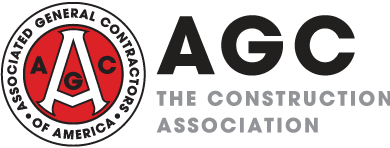 |
Associated General Contractors (AGC) Education and Research Foundation
Completed Projects:
- Development of Construction Case Studies: Site Specific Safety Plan
|
| |
 |
Electric Power Research Institute (EPRI)
Completed Projects:
- Integrating High Energy Control Assessment (HECA) and Safety by Design (SbD) to Enhance Workplace Safety
- Investigating the Effectiveness of Intrusion Mitigation Technologies in Electric Utility Work Zones
- Using Visual Literacy to Improve Hazard Recognition in Electric Utility Designs
- Approaches to Reducing Intrusion into Electric Utility Work Zones along Public Roadways
|
| |
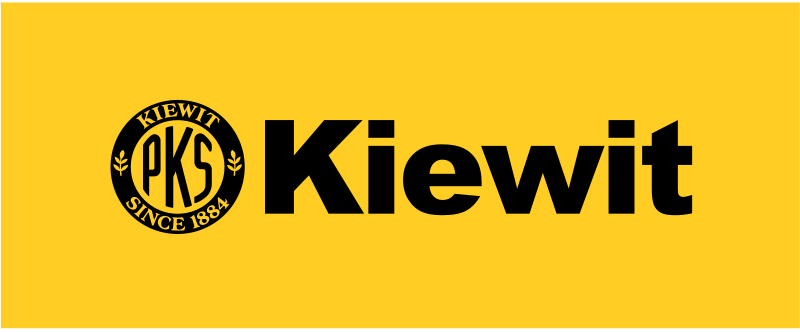 |
Kiewit Engineering Group, Inc.
Current Projects:
- Development of Kiewit Prevention through Design (PtD) Program
|
| |
 |
MAX USA Corp.
Completed Projects:
- Impact of Stand Up Rebar Tying Tool on Construction Worker Safety and Health Risk
|
| |
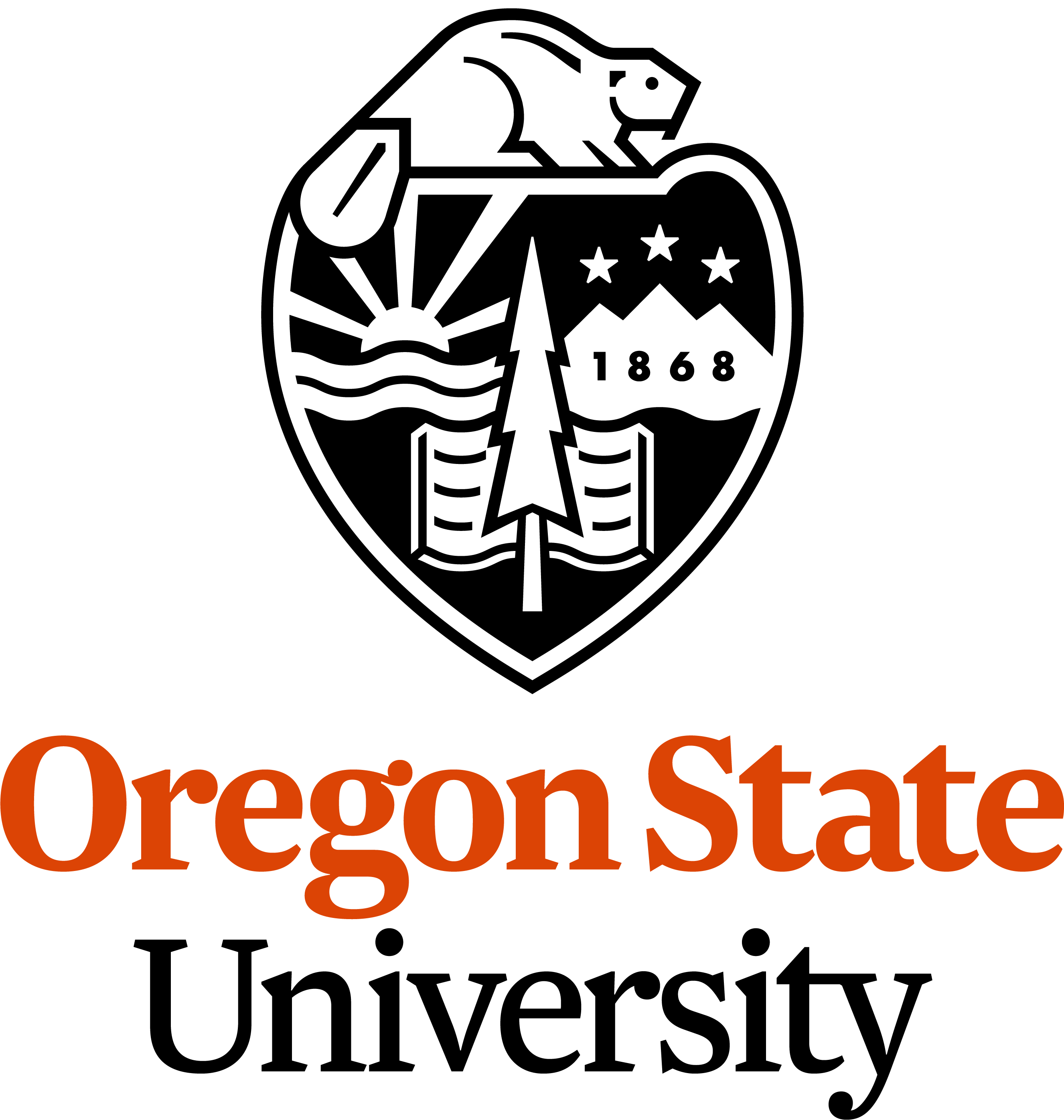 |
Kiewit Center for Infrastructure and Transportation
School of Civil and Construction Engineering, Oregon State University
Completed Projects:
- Construction Processes and Materials Mapping for Sustainability Assessments
|
| |
 |
M.J. Murdock Charitable Trust
Current Projects:
- Virtual Simulation Equipment for Engineering and Safety Research
|
| |
 |
Job-Site Safety Institute
Current Projects:
- Best Safety Practices Based on the Nature and Stresses of Small Construction Businesses
|
| |
 |
Charles Pankow Foundation (CPF)
Completed Projects:
- Energizing Innovation in Integrated Project Delivery
|
| |
 |
Design-Build Institute of America (DBIA) and Foundation for Integrated Services (FIS)
Completed Projects:
- Energizing Innovation in Integrated Project Delivery
|
| |
|
| |
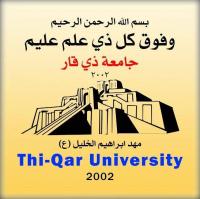 |
Dr. Kasim AlOmari
College of Engineering
University of Thi-Qar, Iraq
Research Projects:
- Degrees of Connectivity: A Systematic Accident Causation Model
|
| |
 |
Dr. Michael Behm
Department of Technology Systems
East Carolina University
Research Projects:
- NIOSH Prevention through Design (PtD) Research Study: Benchmarking Management Practices that Support PtD
- An Analysis of Construction Accidents from a Design and Planning Perspective
- Investigation of the Viability of Designing for Safety (Small Study No. 01-2-PS)
- Establishing the Link between Construction Fatalities and Disabling Injuries and the Design for Construction Safety Concept
|
| |
 |
Dr. Hongtao Dang
School of Design and Construction
Washington State University
Research Projects:
- Psychological Safety Training Framework and Case Studies for Construction Workers
|
| |
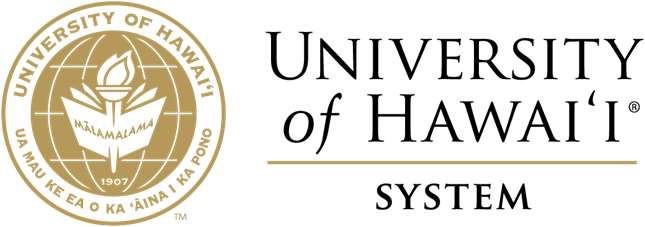 |
Dr. Vineeth Dharmapalan
Department of Civil, Environmental and Construction Engineering
University of Hawaii at Manoa
Research Projects:
- Best Safety Practices Based on the Nature and Stresses of Small Construction Businesses
- A Refresh of CII's Zero Accident Techniques (RT-412)
|
| |
 |
Professor Alistair Gibb (retired)
School of Architecture, Building, and Civil Engineering
Loughborough University, Loughborough, England
Research Projects:
- NIOSH Prevention through Design (PtD) Research Study: Benchmarking Management Practices that Support PtD
|
| |
 |
Dr. Matthew Hallowell
Department of Civil, Environmental, and Architectural Engineering
University of Colorado, Boulder
Research Projects:
- Technologies to Prevent Serious Injuries and Fatalities Related to Last-Minute Work Changes (RT-382)
- Using Precursor Analysis to Prevent Low-Frequency/High-Impact Events (RT-321)
- Energizing Innovation in Integrated Project Delivery
- Risk Factor Quantification of Design Elements for Multistory Commercial Office Buildings
|
| |
 |
Dr. Ziyu Jin
Department of Construction Management
Colorado State University
Research Projects:
- Safety Starts with Design: Prevention through Design (PtD) of Safe Work Operations (Phase II)
- Prevention through Design (PtD) of Safe Work Operations (Phase I)
- Application of Technologies for Temporary Structures during the Design and Construction Phases
- Identification and Assessment of Musculoskeletal Disorders (MSDS) Risk for Concrete Formwork Systems
- Speed Variation and Safety in Work Zones (SPR 822)
- Construction Work Zone Safety: Use of a Mobile Laser Scanner to Assess Temporary Signage in Work Zones
|
| |
 |
Dr. Hyun-Woo (Chris) Lee
Department of Construction Management, College of Built Environments
University of Washington
Research Projects:
- Developing a Prevention through Design (PtD) Guide for Mechanical/Electrical/Plumbing Worker Safety
- Prevention through Design (PtD) to Make Solar-Ready Houses Safe for Solar Workers (Small Study No. 18-4-PS)
- Develop a Lean Practice Manual for Improving the Safety of Electrical Construction Workers
- Applying Prevention through Design (PtD) to Solar Systems in Small Buildings
- Work Zone Intrusion Alert Technologies: Assessment and Practical Guidance
|
| |
 |
Dr. Ding Liu
School of Management Engineering
Qingdao University of Technology
Research Projects:
- Evaluating Industrialization Rate in Construction: A Quantification Model
- Student Worker Safety Guidelines in Roadside Applications and Work Zones
|
| |
 |
Dr. Sabya Mishra
Department of Civil Engineering
University of Memphis
Research Projects:
- FW-HTF-P: Building Human-Technology Safety Partnerships in Roadside Work Zones
|
| |
 |
Dr. Chukwuma (Chuma) Nnaji
Department of Construction Science
Texas A&M University
Research Projects:
- Guide for Work Zone Intrusion Prediction and Prevention
- A Refresh of CII's Zero Accident Techniques (RT-412)
- Investigating the Effectiveness of Intrusion Mitigation Technologies in Electric Utility Work Zones
- Technologies to Prevent Serious Injuries and Fatalities Related to Last-Minute Work Changes (RT-382)
- Using Visual Literacy to Improve Hazard Recognition in Electric Utility Designs
- Approaches to Reducing Intrusion into Electric Utility Work Zones along Public Roadways
- Alternative Technologies for Mitigating the Risk of Injuries and Deaths in Work Zones, Project 20-07, Task 416
- Protocol for Assessing Human-Robot Interaction Safety Risks
- Enhancing Technology Integration in the Construction Industry: A Focus on Safety Technologies
- Reducing Highway Construction Fatalities through Improved Adoption of Safety Technologies
- Work Zone Intrusion Alert Technologies: Assessment and Practical Guidance
|
| |
 |
Dr. Sathyanarayanan Rajendran
Department of Engineering Technologies, Safety, and Construction
Central Washington University
Research Projects:
- Construction Site Safety Management Training Case Studies
- Safe and Innovative Work Best Practices for Mechanical Crafts Booklet
- Optimum Illumination for Nighttime Flagger Operations, SPR-617
- Sustainable Construction Safety and Health Rating System
- Sustainable Roadway Construction: A Study of the Material Waste Generation in the Life Cycle of Roadways
|
| |
 |
Dr. Denise Simmons
Engineering School of Sustainable Infrastructure & Environment
University of Florida
Research Projects:
- NIOSH Prevention through Design (PtD) Research Study: Benchmarking Management Practices that Support PtD
|
| |
 |
Dr. T. Michael Toole
College of Engineering
University of Toledo
Research Projects:
- Owner's Role in Facilitating Designing for Construction Safety
|
| |
 |
Dr. Nicholas Tymvios
Department of Civil and Environmental Engineering
Bucknell University
Research Projects:
- Evaluation of a Mobile Work Zone Barrier System
- Identifying and Documenting Successful Construction Hazard PtD Solutions
- Direction, Method, and Model for Implementing Design for Construction Worker Safety in the US
|
| |
 |
Dr. Fan Zhang
School of Construction
University of Southern Mississippi
Research Projects:
- Safe and Effective Speed Reductions for Freeway Work Zones Phase 3
- Safe and Effective Speed Reductions for Freeway Work Zones Phase 2
- Implementing Speed Reductions at Specific Interstate Work Zones from 65 mph to 35 mph
- Introducing the Concept of Foundational Attributes and Project Metabolism to Assess Construction Project Similarity
|
| |
|
|
|
| |
Last updated: September 2025
|




































